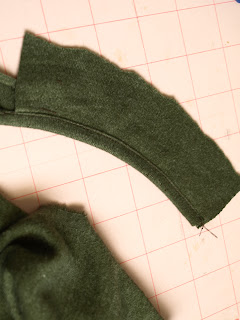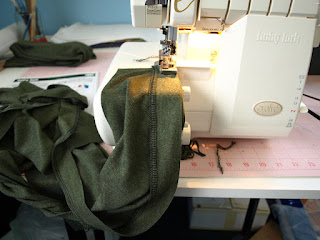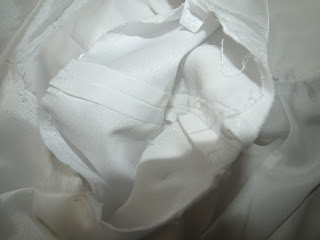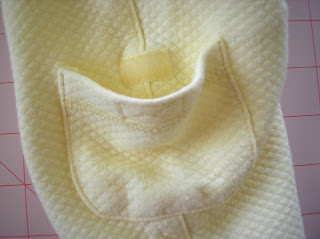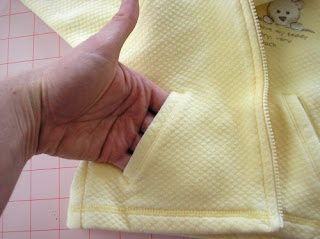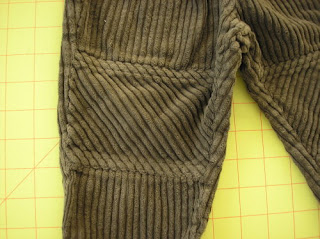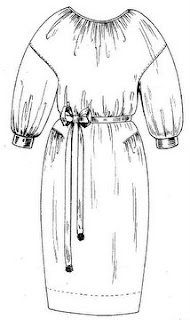
There seems to be a trend in new sewing books for the home sewing market. Some are written by fabric or textile surface designers as a way to expand their personal brand, others are written by indie pattern makers. Usually, they include basic how-to sew information and patterns. My local library received two of the Sew Serendipity sewing books written by Kay Whitt, an indie pattern maker (though she does sell to McCall's). The first book I brought home was the book featuring skirts and coats.
The book is organized with basic sewing how-to first followed by common instructions on how to sew the designs featured in the book. Finally, the designs are featured with beautiful photography. I have to admit I skimmed most of the how-to sewing instruction as I am probably a bit more advanced. There are some photo step-by-step instructions and each design has additional illustrated step-by-step instructions. A beginning sewist would have to flip back and forth several times to get complete instructions.
There are three basic designs, a skirt, a tunic/dress, and two jackets. Variations are presented for each design with changes in embellishment, design details, and fabric prints while the basic pattern pieces do not change. I do like the basic shapes of the styles presented, though some of the design details are just not my taste. The patterns are sized XXS to XXL and her measurement chart seems to follow a regular grade, which is nice.
As a pattern maker, I was very pleased when looking at the actual pattern pieces. The line width used on the pattern pieces is very fine, which is so much better than the Big 4. Also, the notches were not the traditional outward V notches but rather slit style notches. I did trace off the tunic pattern and walked some of the pattern pieces and they matched up really well. It is important to read the pattern sheet carefully because there are not a lot of markings other than notches and the piece name. Seam allowances are 1/2 inch unless otherwise noted. In addition, you have to read the instructions for the selected design and the basic how-to for the section. As an example, there is no sleeve cuff pattern piece because it is just a rectangle, but the dimensions are given in the basic how-to section.
A few of the seams needed a bit of refinement, but should not bother most home sewists. One area that will probably cause difficulty is the coat facing. I recommend redrawing the outer facing edge just to make it easier to sew. I think the facing has a sharp inward corner to make it easier when topstitching the facing down, so the facing shape is probably intentional. As an option you can use some other guide while topstitching and still smooth out that shape to make it easier to edge finish. Just my personal preference.
Overall, the book has a nice presentation and the designs are generally appealing. As I mentioned, I did trace off the tunic blouse to sew up but I have to put it off until I get a zipper. So the review is a bit incomplete but I think a beginning sewist will enjoy it.



